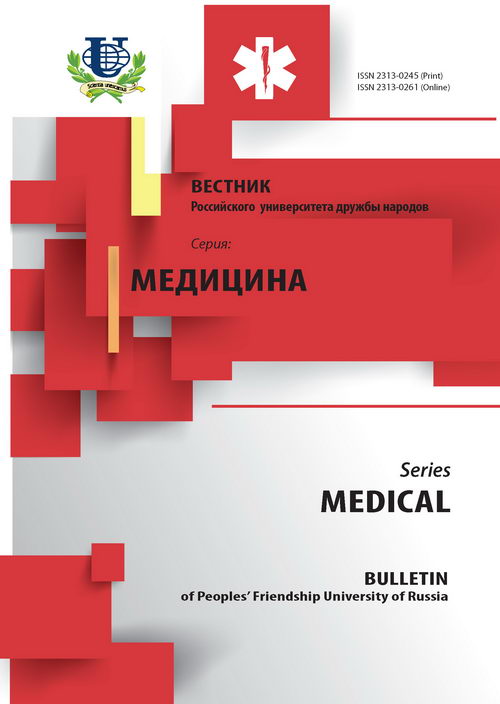Meningococcal vaccine. From capsular polysaccharides of microbes to proteases
- Authors: Alliluyev AP1, Anokhina IV1, Rumsh LD2, Melnikov EE2, Kotelnikova OV2, Sitnikova EA2, Drozzina EJ2, Zhigis LS2, Yagudayeva EJ2, Razgulyaeva OA2, Zueva VS2, Kozlov LV3, Avakov AE4
-
Affiliations:
- People’s Friendship University
- Institute of bioorganic chemistry n. a. M.M. Shemyakin and Yu. A. Ovchinnikov of the Russian Academy of Sciences
- ederal budgetary institution of science Moscow Research Institute of Epidemiology and Microbiology n. a. G.N. Gabrichevskiy
- Ltd. “Bio-Diagnostics”
- Issue: No 4 (2012)
- Pages: 16-22
- Section: Articles
- URL: https://journals.rudn.ru/medicine/article/view/3627
- ID: 3627
Cite item
Full Text
Abstract
Keywords
About the authors
A P Alliluyev
People’s Friendship University
Email: rudnvestnik@yandex.ru
Faculty of Medicine
I V Anokhina
People’s Friendship University
Email: rudnvestnik@yandex.ru
Faculty of Medicine
L D Rumsh
Institute of bioorganic chemistry n. a. M.M. Shemyakin and Yu. A. Ovchinnikov of the Russian Academy of Sciences
E E Melnikov
Institute of bioorganic chemistry n. a. M.M. Shemyakin and Yu. A. Ovchinnikov of the Russian Academy of Sciences
O V Kotelnikova
Institute of bioorganic chemistry n. a. M.M. Shemyakin and Yu. A. Ovchinnikov of the Russian Academy of Sciences
E A Sitnikova
Institute of bioorganic chemistry n. a. M.M. Shemyakin and Yu. A. Ovchinnikov of the Russian Academy of Sciences
E J Drozzina
Institute of bioorganic chemistry n. a. M.M. Shemyakin and Yu. A. Ovchinnikov of the Russian Academy of Sciences
L S Zhigis
Institute of bioorganic chemistry n. a. M.M. Shemyakin and Yu. A. Ovchinnikov of the Russian Academy of Sciences
E J Yagudayeva
Institute of bioorganic chemistry n. a. M.M. Shemyakin and Yu. A. Ovchinnikov of the Russian Academy of Sciences
O A Razgulyaeva
Institute of bioorganic chemistry n. a. M.M. Shemyakin and Yu. A. Ovchinnikov of the Russian Academy of Sciences
V S Zueva
Institute of bioorganic chemistry n. a. M.M. Shemyakin and Yu. A. Ovchinnikov of the Russian Academy of Sciences
L V Kozlov
ederal budgetary institution of science Moscow Research Institute of Epidemiology and Microbiology n. a. G.N. Gabrichevskiy
A E Avakov
Ltd. “Bio-Diagnostics”
References
Supplementary files















